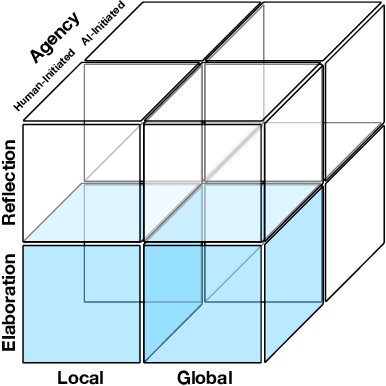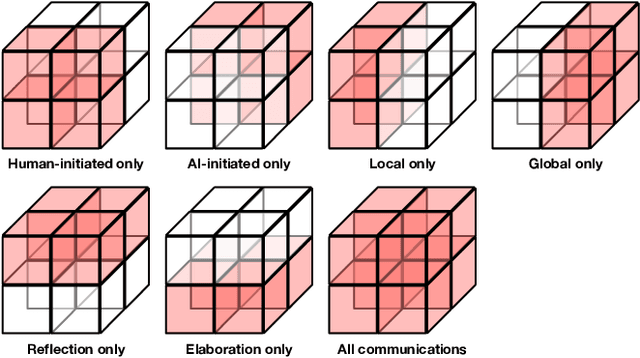Vidushi Vashishth
DynaQuant: Compressing Deep Learning Training Checkpoints via Dynamic Quantization
Jun 20, 2023Abstract:With the increase in the scale of Deep Learning (DL) training workloads in terms of compute resources and time consumption, the likelihood of encountering in-training failures rises substantially, leading to lost work and resource wastage. Such failures are typically offset by a checkpointing mechanism, which comes at the cost of storage and network bandwidth overhead. State-of-the-art approaches involve lossy model compression mechanisms, which induce a tradeoff between the resulting model quality (accuracy) and compression ratio. Delta compression is then also used to further reduce the overhead by only storing the difference between consecutive checkpoints. We make a key enabling observation that the sensitivity of model weights to compression varies during training, and different weights benefit from different quantization levels (ranging from retaining full precision to pruning). We propose (1) a non-uniform quantization scheme that leverages this variation, (2) an efficient search mechanism to dynamically adjust to the best quantization configurations, and (3) a quantization-aware delta compression mechanism that rearranges weights to minimize checkpoint differences, thereby maximizing compression. We instantiate these contributions in DynaQuant - a framework for DL workload checkpoint compression. Our experiments show that DynaQuant consistently achieves better tradeoff between accuracy and compression ratios compared to prior works, enabling a compression ratio up to 39x and withstanding up to 10 restores with negligible accuracy impact for fault-tolerant training. DynaQuant achieves at least an order of magnitude reduction in checkpoint storage overhead for training failure recovery as well as transfer learning use cases without any loss of accuracy
Beyond Prompts: Exploring the Design Space of Mixed-Initiative Co-Creativity Systems
May 03, 2023



Abstract:Generative Artificial Intelligence systems have been developed for image, code, story, and game generation with the goal of facilitating human creativity. Recent work on neural generative systems has emphasized one particular means of interacting with AI systems: the user provides a specification, usually in the form of prompts, and the AI system generates the content. However, there are other configurations of human and AI coordination, such as co-creativity (CC) in which both human and AI systems can contribute to content creation, and mixed-initiative (MI) in which both human and AI systems can initiate content changes. In this paper, we define a hypothetical human-AI configuration design space consisting of different means for humans and AI systems to communicate creative intent to each other. We conduct a human participant study with 185 participants to understand how users want to interact with differently configured MI-CC systems. We find out that MI-CC systems with more extensive coverage of the design space are rated higher or on par on a variety of creative and goal-completion metrics, demonstrating that wider coverage of the design space can improve user experience and achievement when using the system; Preference varies greatly between expertise groups, suggesting the development of adaptive, personalized MI-CC systems; Participants identified new design space dimensions including scrutability -- the ability to poke and prod at models -- and explainability.
 Add to Chrome
Add to Chrome Add to Firefox
Add to Firefox Add to Edge
Add to Edge